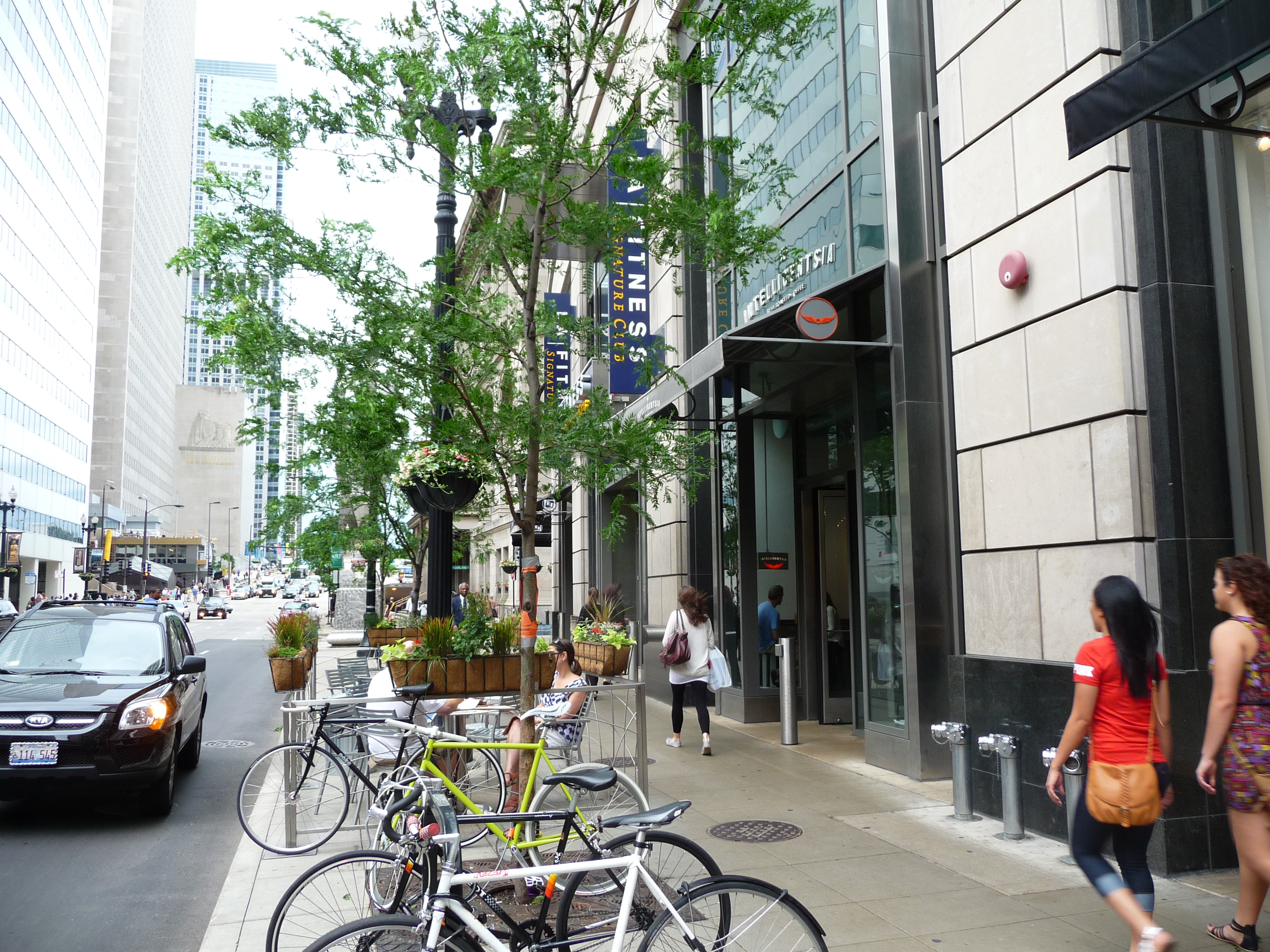Baltimore is quite similar to many other cities in the US. It has a city core that has seen some successful development, where any yuppy can walk around feeling safe and content, there are some bastions of blue collar urbanity, and some areas where no one with other options would live (or even visit). The last aspect of the city was featured in the HBO crime drama
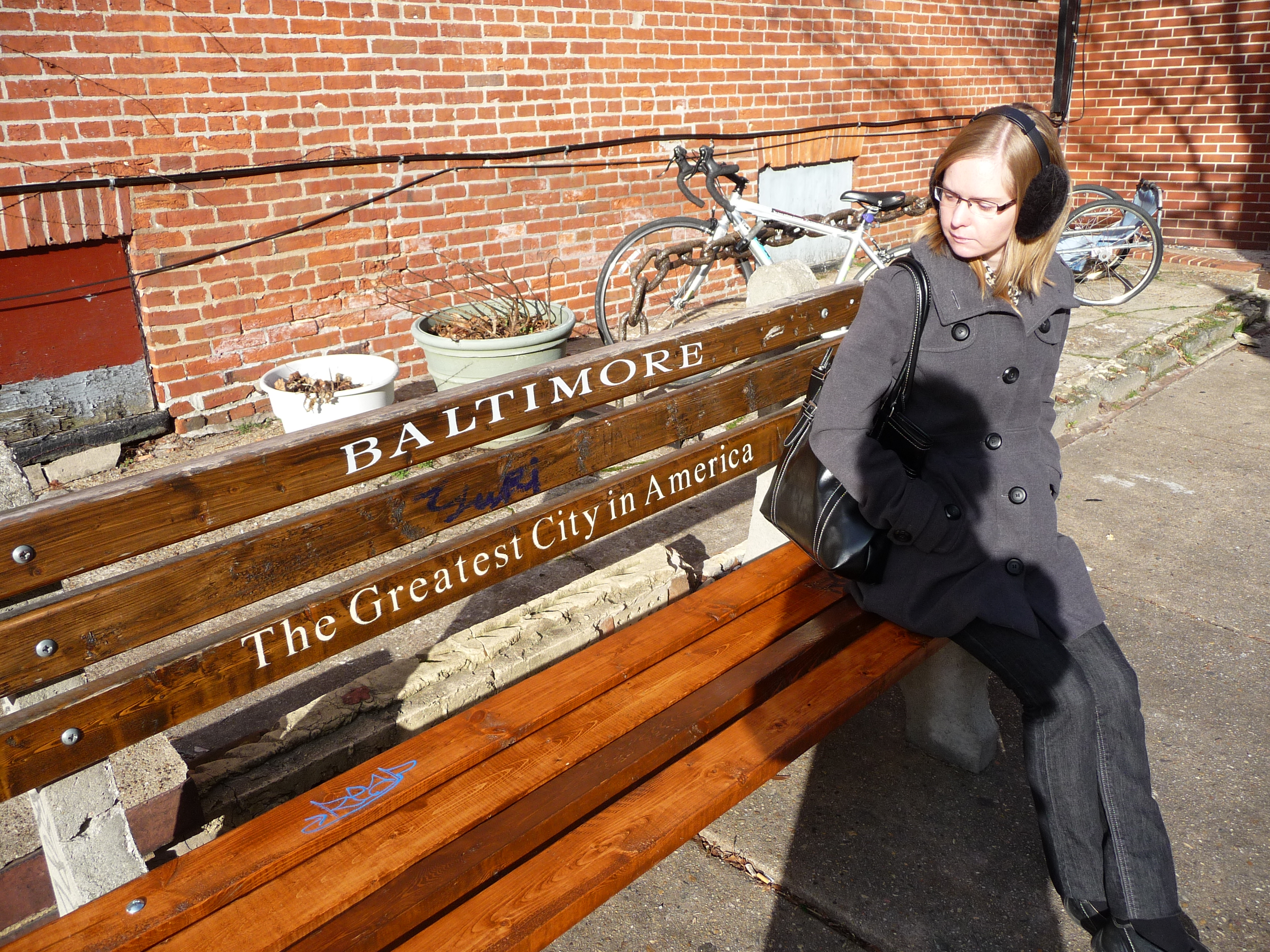
The Wire (which is pretty amazing). But I won’t talk about the last group of places, because I typically try to stay away from them (and anyway, they usually have disappointing espresso offerings). However, on a recent trip to Baltimore, Taryn and I checked out a few parts of Baltimore, and I learned a few things about the place. The most important being, that communists make pretty bad coffee (but I’ll get to that part soon).
In DC most of the large “classic” markets are dominated by yuppies and other upper-middle/upper class types. This is not the case in Baltimore. So if you are in Baltimore, go to Lexington Market (Open since 1782! – as their sign proclaims) to see what a non-yuppified market looks like. It is especially worth going to Faidleys fish market inside of Lexington. Their crab cakes are quite good, and if you order a fish sandwich they give you an entire fish on two pieces Wonder bread – good stuff.
But that all sounded like a plug for a tourist trap. We first checked out a communist coffee
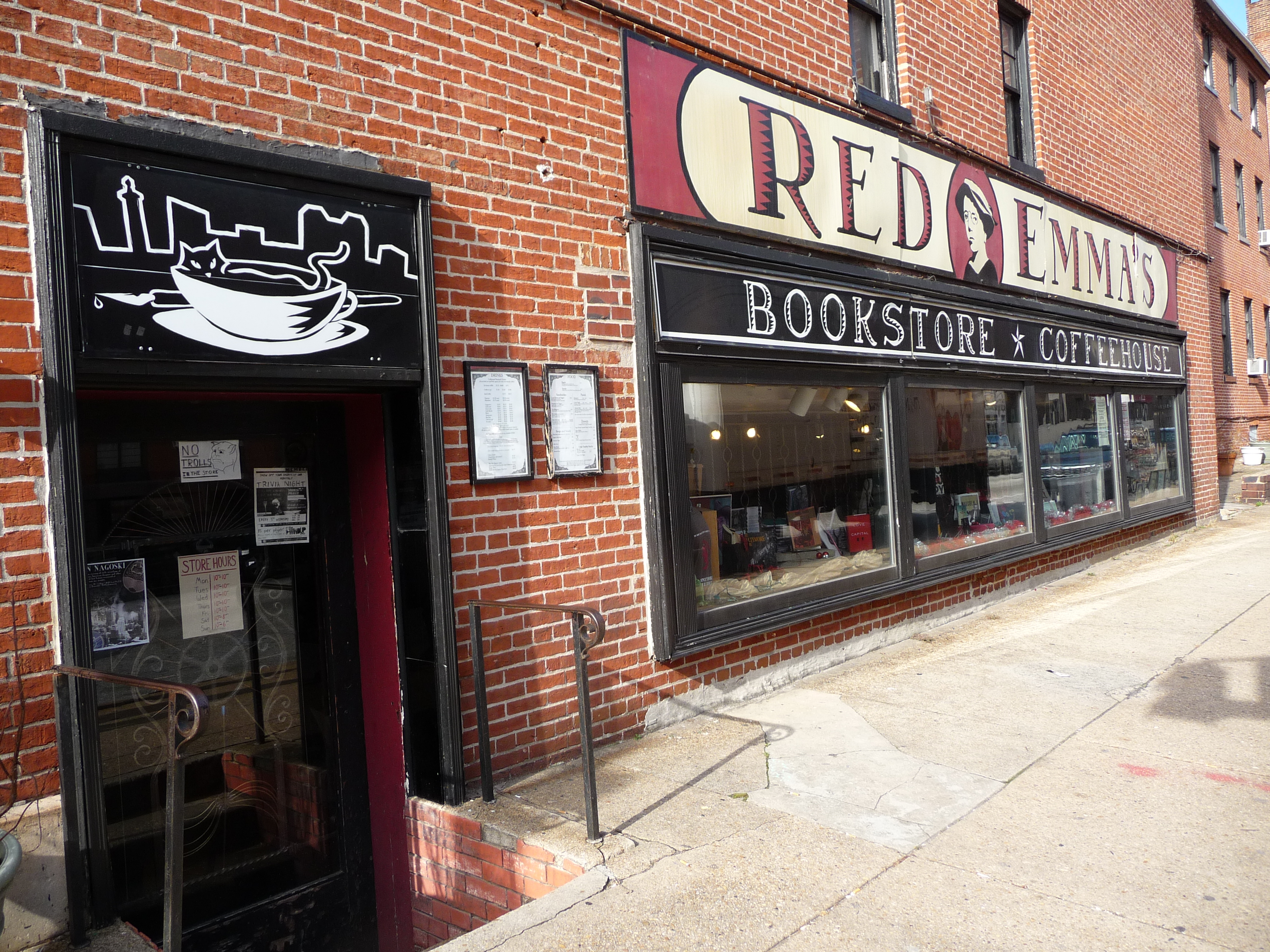
shop located in the Mt. Vernon area. Red Emma’s features all of your favorite leftist books and pamphlets, including a rather impressive section of books extolling the virtues of Fidel Castro, Mao, Lenin and other communist revolutionaries. Strangely, Stalin was less well
represented; given that he was at least as good at executing capitalists and other enemies of the state as Mao, I think he deserved some more attention. Maybe I should send them a note. Anyway, I suppose history can be rather cruel to perfectly effective leaders. Oh well.
Although Red Emma’s certainly has an interesting book selection (and I’m being honest here), this socialist experiment fails in the way that matters…their coffee isn’t good at all. Being a socialist (or so I’m told), this fact frightens me a bit. I guess I had always assumed that the alienation of a barista from what she produced was behind the terrible coffee at capitalist coffee shops like Starbucks, and that the elimination of this alienation would bring about a superior drink. My experience at Red Emma’s seems to disconfirm this. Perhaps Red Emma’s needs a bit of the fascism that other socialist states have used for “quality control” purposes. Who knows; well at least they are nice enough to have several computers that just about anyone case use, whether customer or not. So, as with any socialist state, it is probably best if you don’t contribute anything but use the goods the state provides.
We then hopped on the trolly to check out the Hampden neighborhood, which is adjacent to John’s Hopkins University. The neighborhood is well known for people saying “hon” to each other (as well as the certain type of people who are called “hons” – they have really tall blue hair apparently), and they even have a Honfest every June. But hipsters have also invaded. As you walk from the trolly stop, you will walk past modest homes with (at this time of year)
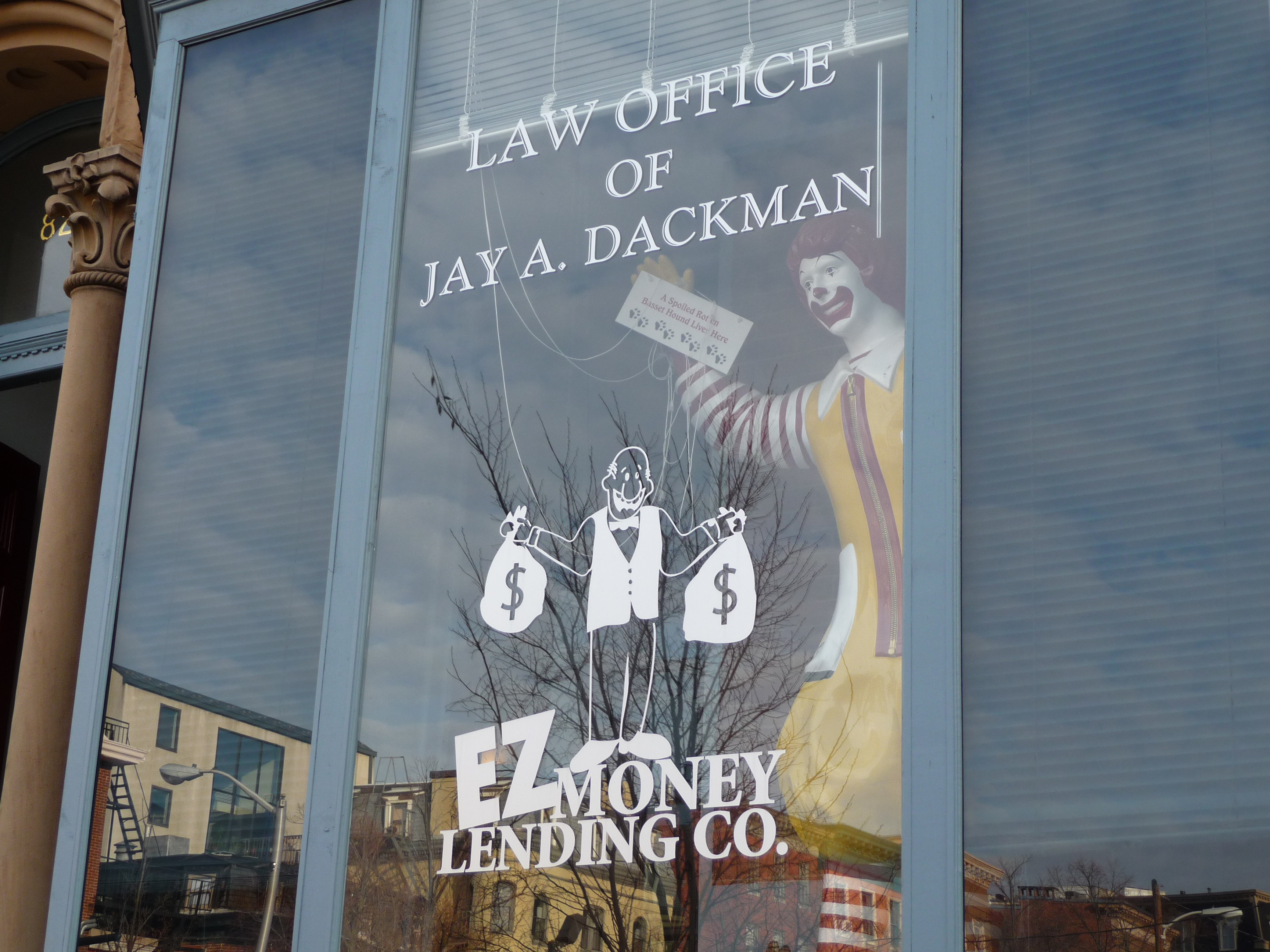
awesome Christmas decorations out front. It has a definite blue-collar feel that is terribly lacking in many cities. But as you walk east, you eventually reach a decidedly hipper part of town. The stores sell expensive home-goods and clothing, and cafes sell $3 coffee. However, we had heard about a coffee shop here that many think serves the best coffee in Baltimore, and we eventually stumbled upon the little pretentious coffee house that we were seeking.
Spro coffee boasts the most impressive selection of coffee types and brew methods that I have ever seen. You can have your cup made by Aeropress, Chemex, Clever, Eva solo, french press, pour over, Vac Pot, or espresso. However, it is quite expensive; a cup of one o f the more exotic roasts can range anywhere from $3-$7. We passed on the fancy brews this time; I ordered a cappuccino and Taryn ordered a spiced chai latte. The place is tiny, but we luckily were able to get a table.
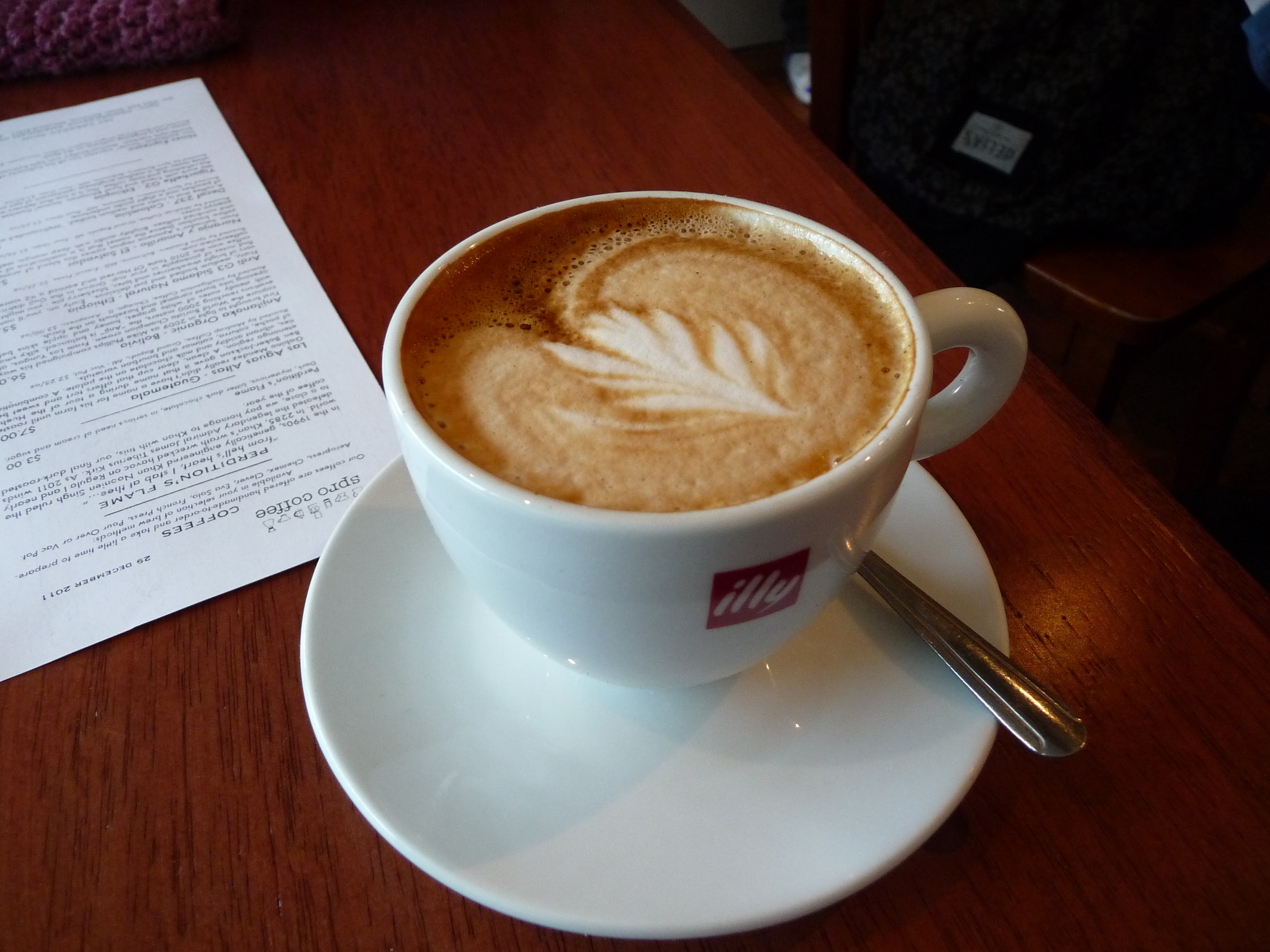
Our drinks took a while, and the baristas seemed rather disorganized, without an efficient system for making drinks. I found this rather odd, given that people seemed to be mostly ordering espresso and pour over, and there were three people working behind the counter. My cappuccino came eventually and looked beautiful, but Taryn was given a normal latte instead of a chai latte. Although the latte was good, for a latte, she told them about the mix-up and they seemed quite confused.
Eventually Taryn’s chai latte came out, and it was quite good, with an interesting spice combination. The cappuccino had excellent art, and the foam consistency was very good. This foam added a good body and sweetness to the drink that any good foam should. However, the espresso itself seemed a bit flat, without any interesting characteristics of its own. It simply had some basic chocolate elements, but even those were not very vibrant. So the cappuccino was ok, but I expected more from a place as pretentious as Spro. However, because I didn’t try a non-espresso drink (which seems to be their specialty), I’ll not pass judgment for now. I’ll certainly be back next time I’m in Baltimore. And I will be back; this is a cool town.
